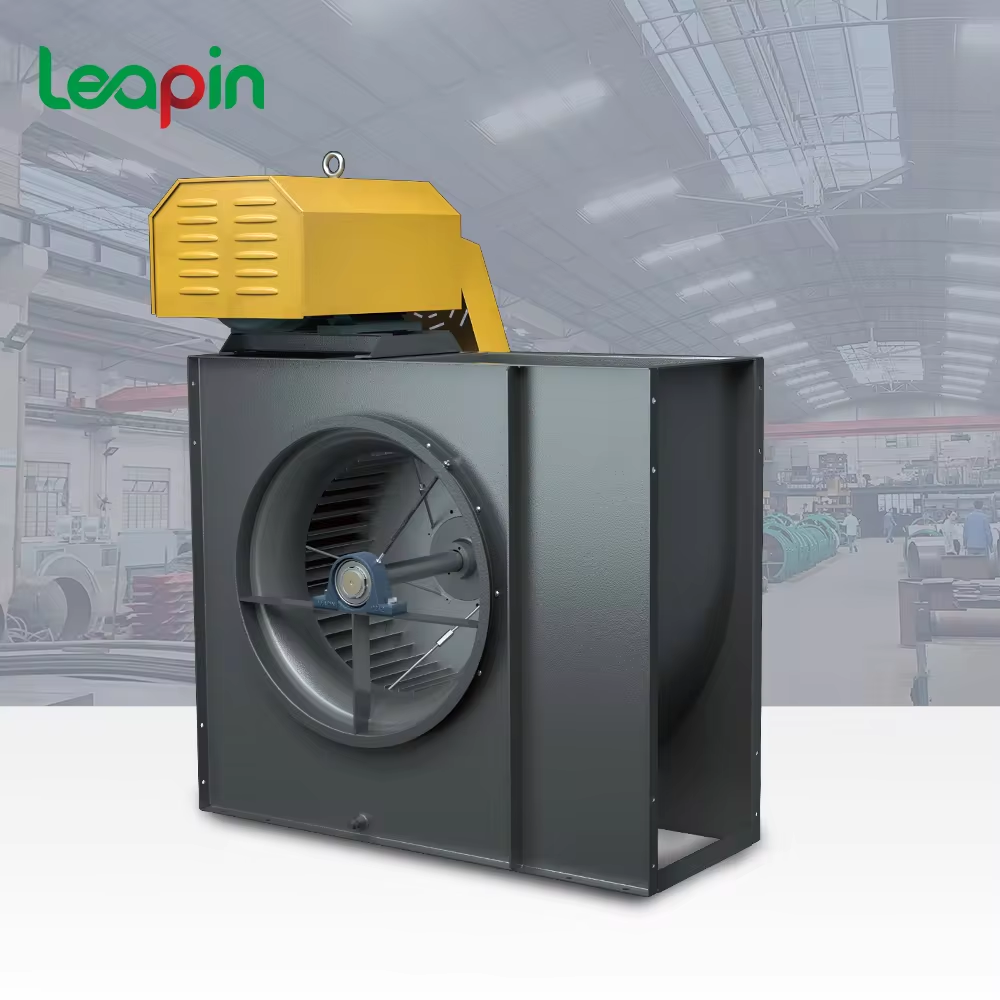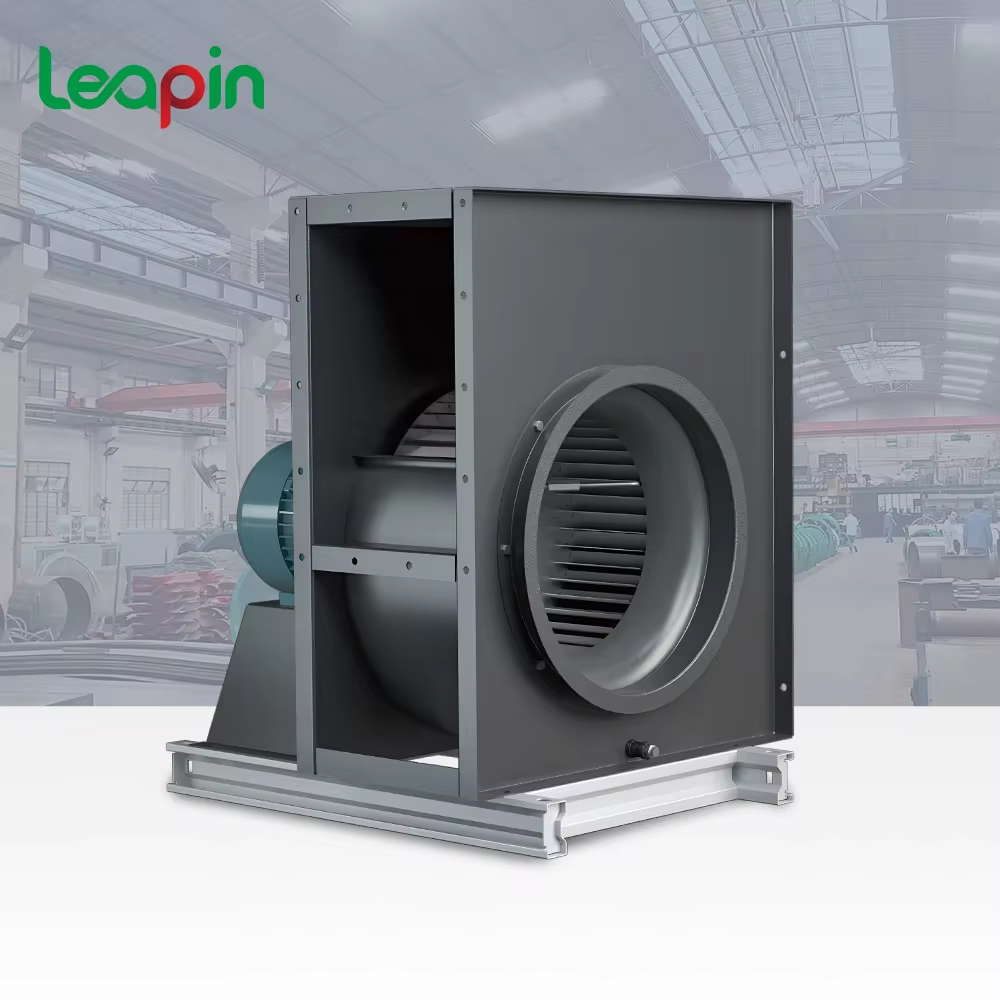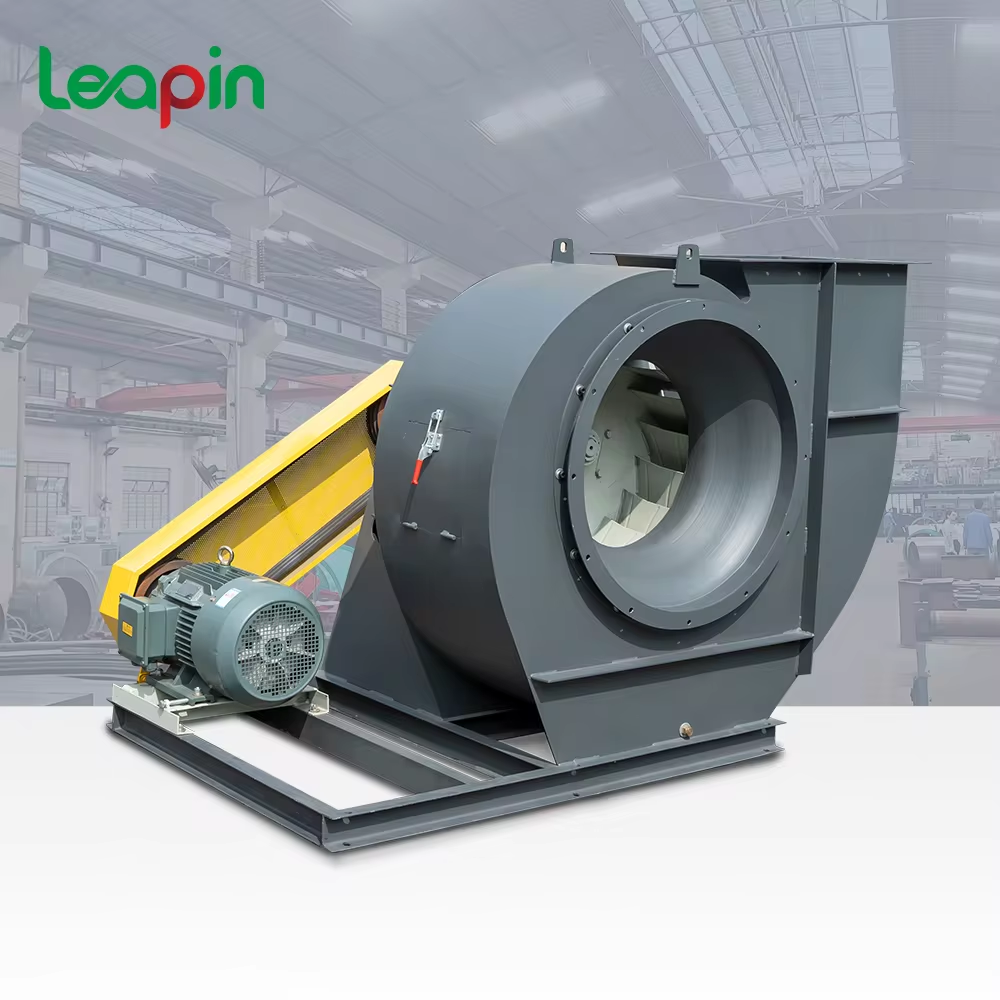How to Select the Right Centrifugal Blower for Industrial Applications
Key Factors in Industrial Centrifugal Blower Selection
Assessing Airflow and Pressure Requirements
The first step in selecting an industrial centrifugal blower is understanding the specific airflow and pressure needs of your application. Airflow is typically measured in cubic feet per minute (CFM), and selecting the right blower depends heavily on meeting this requirement. Additionally, determining the static pressure your system must overcome is crucial. This factor significantly influences the choice of blower, as it directly impacts the blower's efficiency and performance. To ensure accuracy in these assessments, utilizing tools or software designed for calculating airflow and pressure can be invaluable. These instruments help in making precise measurements and aid in choosing the most suitable centrifugal blower.
Environmental Conditions and System Resistance
Another critical aspect to consider when choosing an industrial centrifugal blower is the environmental conditions it will operate in. Factors such as temperature, humidity, and the presence of corrosive substances can affect blower performance and longevity. Furthermore, it is essential to evaluate system resistance factors, like duct length and fitting types, which might impede airflow. These evaluations are necessary to achieve optimal efficiency and performance. To guide the selection process amidst these complexities, it's wise to refer to industry standards developed to address environmental challenges and system design constraints.
Material Durability for Harsh Environments
Finally, the durability of the materials used in the blower’s construction is vital, especially when it will be exposed to harsh environmental conditions. For areas prone to corrosion, selecting materials like stainless steel or composite materials can be beneficial. Moreover, understanding the pressure ratings of these materials in relation to the operational demands is essential to ensure safety and efficiency. Such considerations are often governed by standards like ANSI and ISO, which provide guidelines for material selection suitable for different applications. Adhering to these standards ensures that the selected blower can withstand the operational stresses it will encounter, thereby minimizing the risk of failure and maximizing longevity.
Performance Specifications for Optimal Operation
Energy Efficiency and Motor Types
When selecting an industrial centrifugal blower, prioritizing energy efficiency is crucial to reducing operational costs. I have found that choosing motor options that comply with standards such as NEMA or IEC ensures optimal energy performance. Incorporating variable frequency drives (VFDs) can further enhance flexibility and lead to significant energy savings by adjusting the blower’s speed according to demand. Moreover, while considering the total cost of ownership, it is essential to account for energy savings over the blower's lifespan. This all-encompassing approach not only aligns with sustainability goals but also ensures a cost-effective operation in the long term.
Noise Control in Industrial Settings
In industrial environments, managing noise levels is critical to maintaining a safe and comfortable workspace. Based on OSHA guidelines, it's important to understand the acceptable noise thresholds specific to my operations. Employing acoustic enclosures and vibration isolation pads can effectively minimize the sound produced by industrial exhaust fans and inline fans. Additionally, conducting regular testing helps ensure compliance with local noise ordinances, thereby safeguarding against potential regulatory issues. By implementing comprehensive noise control measures, I can create an environment conducive to productivity and employee well-being.
Top Centrifugal Blower Models for Industrial Use
LT-BC(s) Series: High Static Pressure Solutions
The LT-BC(s) Series Centrifugal Fan is renowned for its robust construction, making it ideal for high static pressure applications. This blower shines in scenarios that require substantial air pressure and volume, delivering impressive performance in demanding environments such as high-rise building fire smoke exhaust, and industrial ventilation systems. Supported by the technical superiority of components like backward tilting impeller blades, the fan ensures high efficiency, low noise, and an expansive range of applications.
LT-FC(s) Series: Forward-Curved Efficiency
The LT-FC(s) Series Centrifugal Fan boasts a forward-curved design that optimizes efficiency in moderate pressure applications. Its high volume and low noise operation make it a favorite in environments where smooth airflow and minimal sound are priorities — like hotels, theaters, and hospitals. Industry feedback often highlights the energy efficiency gains achieved through its design, which reduces power consumption while maintaining robust ventilation capabilities.
FCS-E Series: Flexible Belt-Driven Performance
In terms of flexibility, the FCS-E Series Centrifugal Fan, known for its belt-driven system, offers adaptable performance. The belt-drive provides easy maintenance and the ability to adjust fan speed, ensuring its suitability for varied operational needs. This fan's compatibility with diverse motor options further enhances its reliability in the field, consistently delivering performance across different industrial applications.
FCS-A Series: Direct-Drive Compact Design
The FCS-A Series Centrifugal Fan is particularly effective in space-constrained settings due to its compact direct-drive design. This structure enhances efficiency and reduces maintenance complexities. Users consistently report operational improvements, as this design minimizes footprint while maximizing air movement, making it a prime choice for compact industrial applications.
LP73 Series: Multi-Drive Versatility
The LP73 Series Centrifugal Fan embodies multi-drive versatility, accommodating diverse operational needs across industries. Its adaptable design allows for a variety of installations, ensuring optimal performance with precise airflow and pressure management. Supported by comprehensive performance data, this fan series has garnered high installation and satisfaction rates in multiple industrial settings.
Implementation and Maintenance Strategies
Proper Sizing for Specific Applications
The importance of proper sizing for centrifugal blowers cannot be overstated, as incorrect sizing can lead to inefficiencies and premature failures in industrial fan systems. To ensure optimal performance and longevity, sizing should be based on the specific requirements of the system, which entails detailed calculations of airflow needs and pressure levels. Such precision not only maximizes efficiency but also minimizes the risk of overworking the blower. Studies have shown that correctly sized blowers significantly improve system performance, highlighting the necessity of this step in the selection process. Therefore, it’s crucial to meticulously assess and specify the blower size during the planning stages of any ventilation system or industrial application.
Routine Maintenance to Prolong Lifespan
Routine maintenance tasks are vital in prolonging the lifespan of industrial fans and preventing costly repairs and downtime. These tasks include regularly replacing filters, lubricating moving parts, and scheduling routine inspections to identify any wear and tear early on. Following manufacturer guidelines for maintenance frequency is key to ensuring that blowers remain in optimal condition. For instance, adhering to these schedules has been empirically proven to enhance the longevity of equipment and maintain system efficiency. Data indicates that systems that undergo regular maintenance experience significantly fewer breakdowns and maintain peak performance longer than those that do not. Therefore, integrating these maintenance practices ensures the enduring reliability and functionality of your centrifugal blowers.

 EN
EN
 AR
AR
 FR
FR
 RU
RU
 ES
ES
 TL
TL
 ID
ID
 VI
VI
 TH
TH
 MS
MS
 BN
BN






